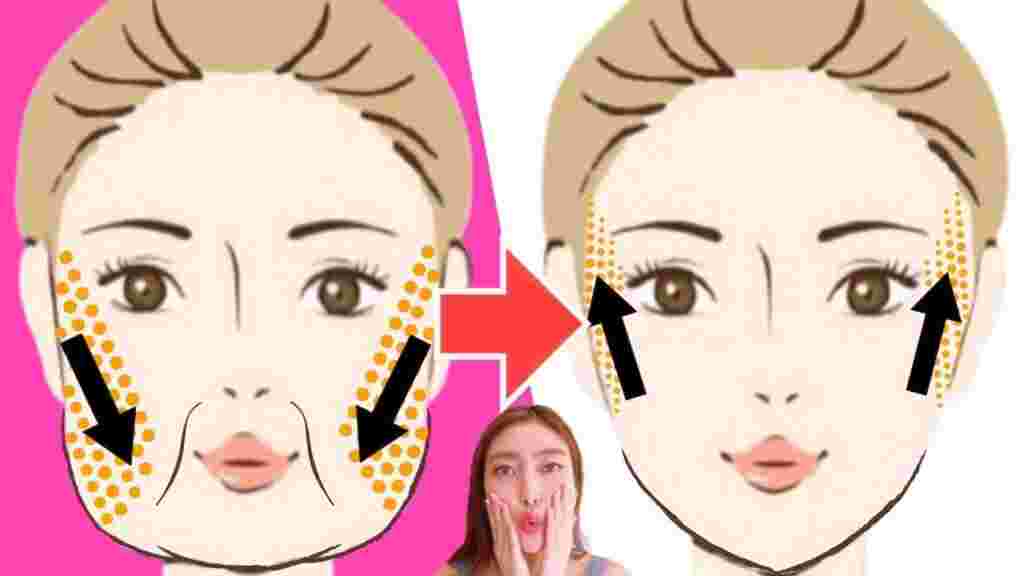Nasolabial Folds: Why They Appear and How to Prevent Them

Nasolabial folds, commonly known as “smile lines” or “laugh lines,” are the creases that run from the sides of the nose down to the corners of the mouth. They are a natural part of the facial structure and are often associated with expressions.
Many people notice them becoming more prominent with age, leading to concerns about their appearance. Understanding why folds appear and how to prevent or minimize them can help individuals maintain a youthful and healthy-looking face.
Understanding Nasolabial Folds
Nasolabial folds are formed by the natural contours of the face, where the skin meets underlying muscles and fat. Everyone has these lines to some degree, but their depth and visibility vary depending on several factors, including genetics, age, and lifestyle.
With age, the skin loses elasticity due to a decrease in collagen and elastin, two proteins essential for maintaining firmness and flexibility. Simultaneously, subcutaneous fat beneath the skin diminishes and shifts, leading to sagging and the deepening of natural folds. This combination makes nasolabial folds more noticeable over time.
Facial expressions, such as smiling, laughing, or even talking, can accentuate these folds. Over years of repeated muscle movement, these expressions contribute to the formation of permanent lines. This is why some people may notice more pronounced folds even in their 30s or 40s, while others retain smoother skin into later years.
Factors That Contribute to Nasolabial Formation
Several factors influence how and when folds develop:
Aging: As mentioned, aging is the primary factor. Skin naturally loses volume and elasticity over time, causing folds to deepen.
Genetics: Some individuals are predisposed to deeper folds due to hereditary facial structure.
Sun Exposure: Ultraviolet (UV) rays break down collagen and elastin, accelerating skin aging. Chronic sun exposure can make folds appear earlier.
Lifestyle Choices: Smoking, excessive alcohol consumption, poor diet, and lack of sleep contribute to premature aging, making folds more noticeable.
Weight Fluctuations: Rapid weight gain or loss can cause the skin to stretch and sag, intensifying the appearance of folds.
Facial Movements: Repetitive expressions like smiling or frowning create creases over time.
Preventive Measures for Nasolabial Folds
While aging is inevitable, certain measures can slow the formation of folds and keep skin looking youthful:
1. Protect Your Skin from Sun Damage
UV exposure is one of the most significant contributors to skin aging. Applying broad-spectrum sunscreen with at least SPF 30 daily can protect the skin from harmful rays. Wearing hats and seeking shade also helps reduce the cumulative damage caused by the sun.
2. Maintain a Healthy Skincare Routine
Using products with ingredients like retinoids, peptides, and antioxidants can help maintain collagen production and improve skin elasticity. Gentle cleansing, exfoliation, and regular moisturizing keep the skin hydrated and resilient, reducing the depth of folds.
3. Stay Hydrated
Dehydration can make the skin look dull and accentuate lines. Drinking plenty of water and consuming water-rich foods like fruits and vegetables helps maintain skin plumpness and elasticity.
4. Eat a Nutrient-Rich Diet
A diet rich in vitamins, minerals, and healthy fats supports skin health. Vitamin C, vitamin E, and omega-3 fatty acids are particularly beneficial for collagen synthesis and overall skin vitality. Avoiding excessive sugar and processed foods can also prevent premature skin aging.
5. Avoid Smoking and Excessive Alcohol
Smoking reduces blood flow to the skin and breaks down collagen, accelerating the appearance of wrinkles. Alcohol dehydrates the skin and can lead to inflammation, contributing to sagging. Limiting these habits can significantly improve skin texture and reduce the formation of folds.
6. Facial Exercises and Massage
While research on facial exercises is limited, some studies suggest that targeted exercises can strengthen facial muscles, improve circulation, and reduce the appearance of sagging skin. A gentle facial massage can also increase blood flow and stimulate collagen production.
7. Maintain a Stable Weight
Frequent weight fluctuations can cause the skin to stretch and sag, making folds more pronounced. Maintaining a stable, healthy weight can prevent unnecessary skin stress and preserve facial contours.
8. Consider Professional Treatments
For those seeking more immediate or dramatic results, cosmetic treatments are available:
Dermal Fillers: Hyaluronic acid-based fillers can temporarily plump the skin and smooth out nasolabial folds. Results typically last from six months to a year.
Laser Therapy: Fractional laser treatments stimulate collagen production and tighten the skin.
Microneedling: This minimally invasive procedure encourages skin regeneration and can improve overall texture.
Botox: While not directly filling folds, Botox can relax the muscles around the mouth to prevent further deepening.
It’s essential to consult with a qualified dermatologist or cosmetic professional to determine the most suitable approach, as results vary depending on skin type, age, and desired outcome.
Embracing Natural Changes
While many seek to prevent or reduce folds, it’s important to recognize that these lines are a natural part of facial expression and aging. They reflect a lifetime of smiles, laughter, and emotion. With proper care and healthy habits, it’s possible to minimize premature formation and maintain youthful skin, but embracing these lines as part of one’s character can also be empowering.
Conclusion
Nasolabial folds are a common and natural feature of the face, influenced by genetics, aging, lifestyle, and environmental factors. While they become more noticeable with age, there are effective ways to prevent or minimize them through sun protection, skincare, hydration, nutrition, and lifestyle adjustments. For those seeking enhanced results, cosmetic procedures offer safe and temporary solutions.
- Art
- Causes
- Crafts
- Dance
- Drinks
- Film
- Fitness
- Food
- Games
- Gardening
- Health
- Home
- Literature
- Music
- Networking
- Other
- Party
- Religion
- Shopping
- Sports
- Theater
- Wellness



